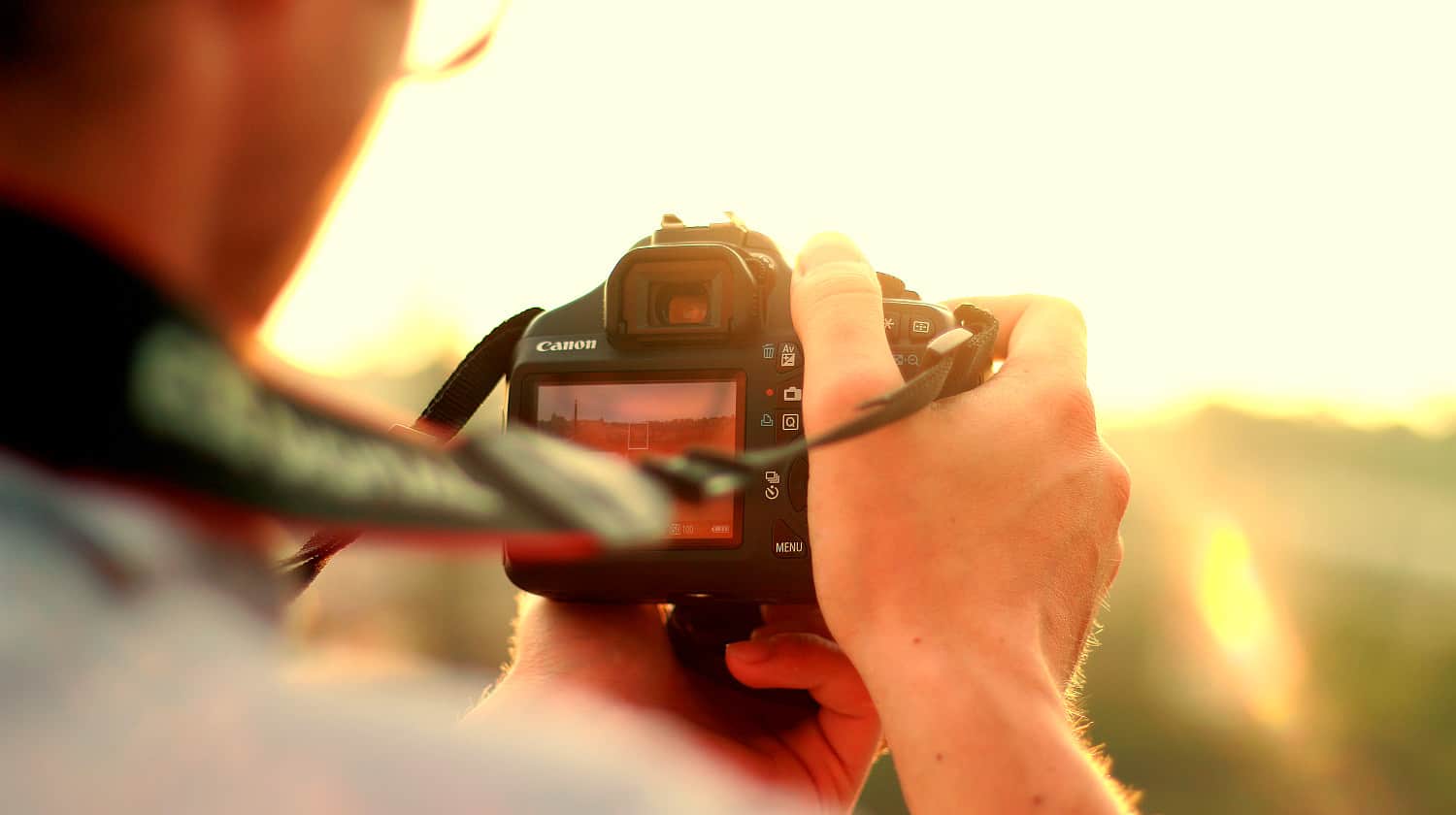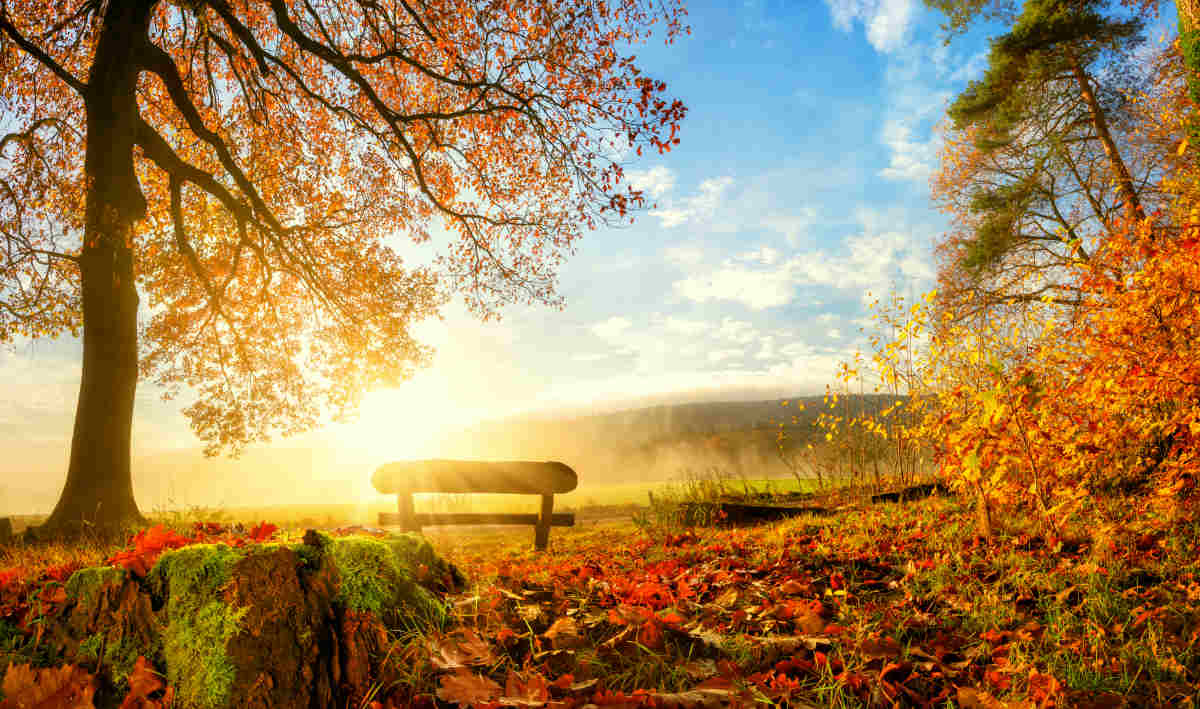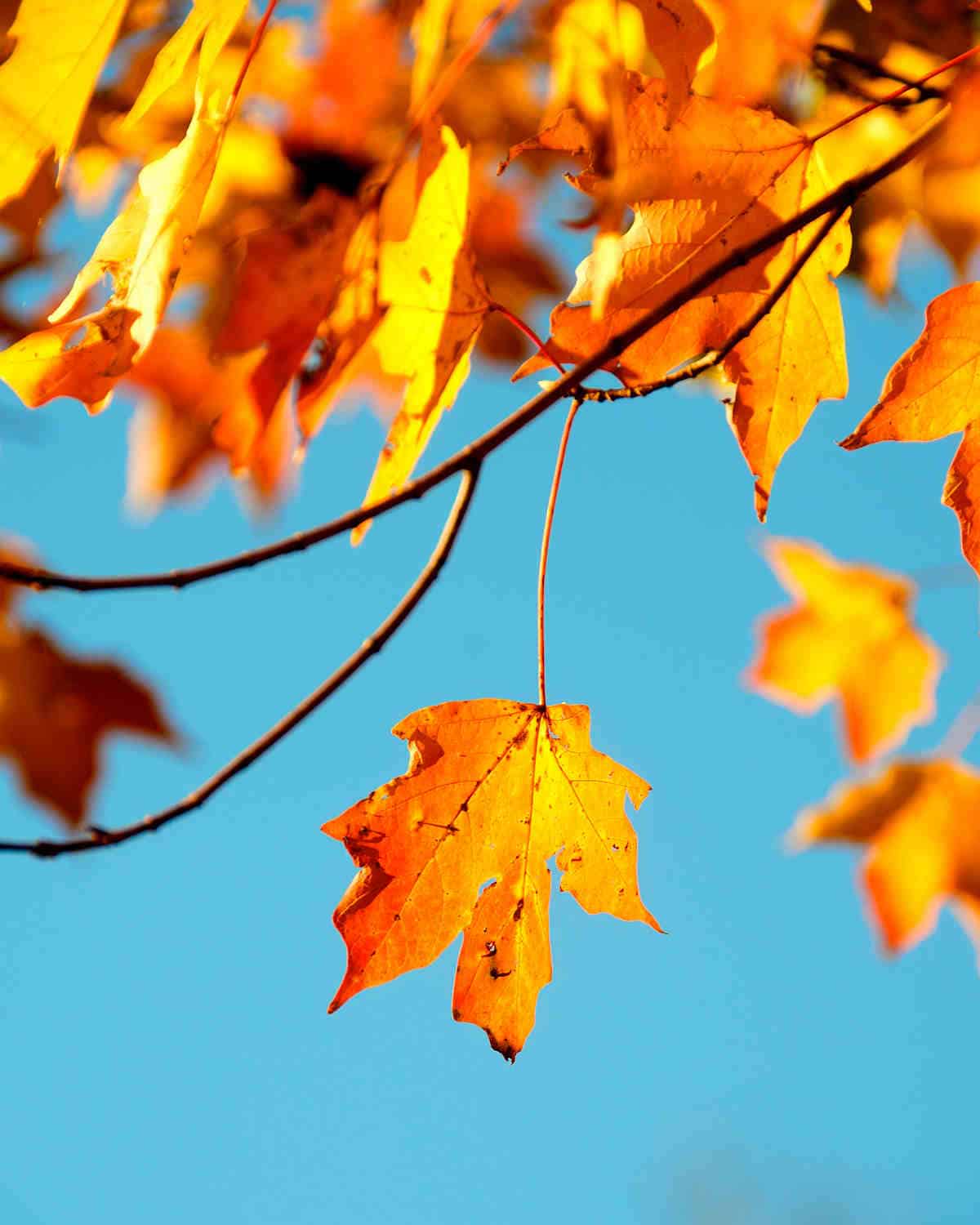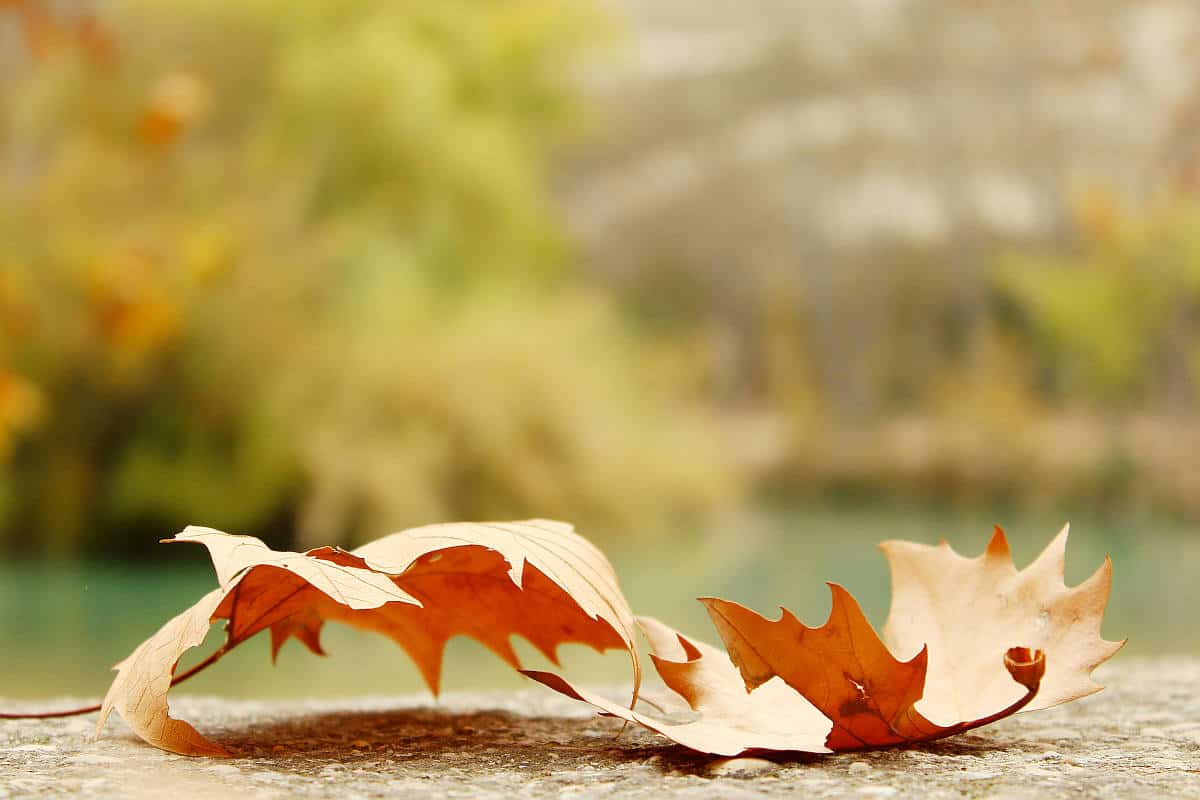Take Good Photos This Fall Season With These 11 Photography Basics

Photo enthusiasts and professionals begin their shutterbug journey with photography basics. Here are some starter tips for the autumn season.
RELATED: What Do You Think About Shoebox For Photo And Video Storage?
In this article:
- Stick with The Cam at Your Disposal
- Timing is Key
- It’s All About Perspective
- Capture Color Tension
- Be on The Lookout for Textures and Patterns
- Invest in a Polarizing Filter
- Lenses Are Your Friend
- Tinker with Exposures
- Aperture Play is Necessary
- Choose Overcast Over Sunny
- Color Comes Second
How to Take Good Photos | 11 Fall Photography Basics for Hobbyists and Aspiring Professionals
1. Stick with The Cam at Your Disposal
For those with unlimited money to spend, by all means, shop for the best camera in the market. However, if budget is an issue, take comfort in the fact that photography can now be pursued sans high-end gadgets.
Yes, now it’s possible to capture professional-looking photos while wielding a smartphone. Photo editing apps come in handy in this case.
Consider purchasing tools, like lights and lenses that are specially made for mobile photography.
2. Timing is Key

Autumn offers at least three photography-friendly phases:
- Pre-fall autumn, when trees still have colorful leaves
- Shower of leaves
- Post-fall autumn, when trees are bare and there are colorful leaves on the ground
These phases fall within a very specific timeframe, which means capturing the best photo entails being in the right place at the right time. Thankfully there are websites dedicated to providing accurate information on the state and anticipated schedule of autumn foliage.
This is where scheduling matters. After all, no one wants to head out to capture autumn’s shower of leaves only to realize the tree is already naked.
3. It’s All About Perspective
Autumn serves as a muse to many photographers. It can even be argued that this season has been overly-photographed and there’s nothing new to expect from fall photography.
But as it is with all kinds of art, everything’s been done before. The thing that’s left to do is look for new ways of seeing.
That goal is achieved by changing perspectives. For instance, shoot foliage from inside a dark barn.
Anything goes really. Just make sure to defamiliarize.
4. Capture Color Tension
The best photographs are visually dynamic. This is achieved via color tension, among other means.
To do this, juxtapose two opposing color palettes. For example, the dark brown of wood against the bright red of maple leaves.
Remember that a photo with nothing but bright colors would look flat, especially after exposure to photos with the same color scheme. Variety is always good.
There are benefits to be had from experimenting with colors, too. So, don’t shy away from momentarily forgetting color theory in the service of discovery.
5. Be on The Lookout for Textures and Patterns

Another way to achieve a dynamic photo is via textures and patterns. Autumn has no shortage of these.
From the shape of tree trunks to the way the leaves fall, various fall textures and patterns await fall photographers. But these will all go to waste without a basic understanding of composition.
Textures and patterns are synthesized by way of composition. A great composition is key for varied visual elements, like textures and patterns, to come together.
The most basic composition rule in photography is the rule of thirds. It pays to play around with this idea first before exploring other possibilities.
What is the Rule of Thirds? A way to compose images in photography. Start by dividing the image using two horizontal and two vertical lines then identifying the intersections. According to this rule, the subjects or focus of the image should be placed either in these intersections or along the lines.
6. Invest in a Polarizing Filter
Most people mistake what a polarizing filter does. Yes, using polarizing filter results to more vivid colors but that’s just a direct consequence of what this tool actually achieves.
Polarizing filter hinders reflections, which dampen the brightness of colors.
For example, a piece of leaf continuously reflects light. Without a polarizing filter, this process of reflection is captured by the camera, which diminishes the vividness of the actual subject (the leaf.)
RELATED: 23 Best Photo Editing Apps | The Ultimate List
7. Lenses Are Your Friend

Autumn looks beautiful from all angles. There’s no doubt about that.
But a photographer must learn to isolate their subject. No matter how beautiful an autumn landscape is, the subject shouldn’t always be a panorama of what the naked eyes can see.
So, after capturing photos using a wide lens, start playing with other focal lengths. Who knows what autumn reveals up close?
Mobile photographers can also get smartphone photography lenses for their camera phone.
8. Tinker with Exposures
Underexposed photos look darker. Overexposed photos, on the other hand, look almost indiscernibly bright.
Tinkering with exposures is a helpful exercise for newbie photogs. This allows different takes on the same photo.
Just remember that overexposed photos are more difficult to correct in post-production, compared to ones that are underexposed. So, to make sure, have a backup or two with normal exposure.
9. Aperture Play is Necessary
Don’t be afraid to turn that aperture dial. It’s there to help photographers play tricks with their composition.
Here’s a basic aperture trick. Isolate the foreground by widening the aperture to f/2.8 or f/5.6.
This aperture setting renders the background hazy, making the foreground/subject pop out. To achieve the opposite, do the reverse.
Tinkering with aperture settings allows photographers to capture varying depths of field.
10. Choose Overcast Over Sunny

This may sound counterintuitive since photography basics say that adequate lighting is crucial to capture good photos. But most photographers actually agree on how soft, diffused lights better serve nature photography, especially those with autumn as the subject.
Too much sun can overwhelm the fall scenery when captured. Meanwhile, a somewhat overcast sky lets autumn colors pop out, even the subtlest ones.
Again, this is where accurate scheduling comes into play. Don’t hesitate to rely on weather gadgets and apps for guidance.
11. Color Comes Second
Yes, autumn season boasts of the most awe-inspiring natural colors. But these colors alone won’t make a photograph great.
So make sure to go beyond looking for vivid colors. Know that there’s more to capture come fall season outside the reds and browns of dead and dying leaves.
A great photo is a combination of carefully curated details, such as textures, patterns, lighting, depth of field, composition, etc
But there’s no need to feel burdened by these concepts. The most important photography basics an aspiring photographer should know has to be, to just click away.
Learn about camera basics in this video from Peter McKinnon:
Photography is a worthwhile hobby to pursue. If mastered, it could even lead to a lucrative profession or at least a side-hustle.
To prosper in this art, one must begin with photography basics and slowly but surely work their way up to learning more advanced techniques. Although the best time for taking up any hobby is whenever one feels like it, keep in mind that the fall season, with its captivating natural colors, is especially auspicious for aspiring shutterbugs.
Are you a professional photographer? Please share your photography tips to our readers in the comments section below.
Up Next:







